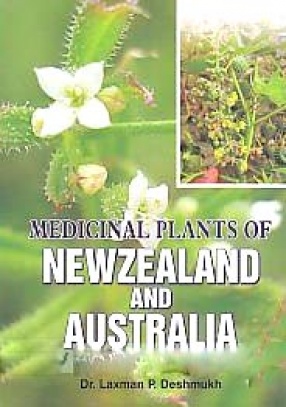
L.P. Deshmukh

Showing all 11 books

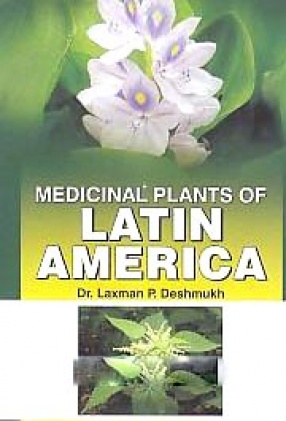
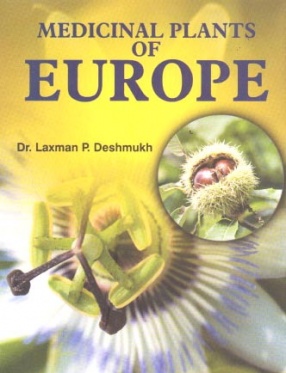
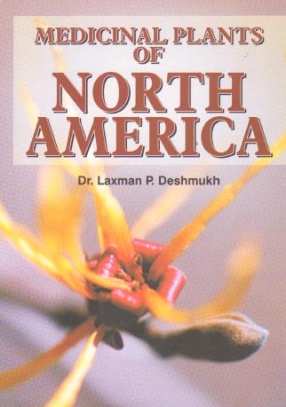

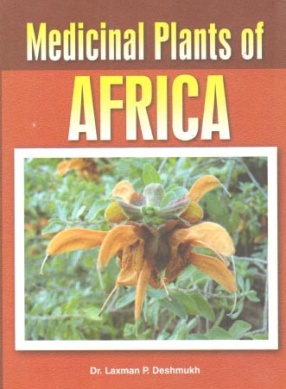
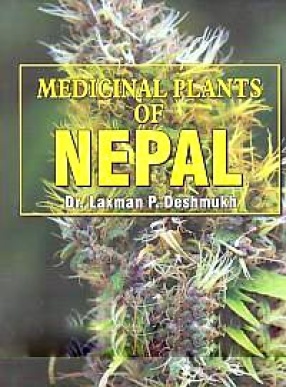
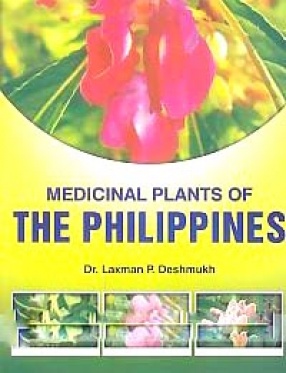
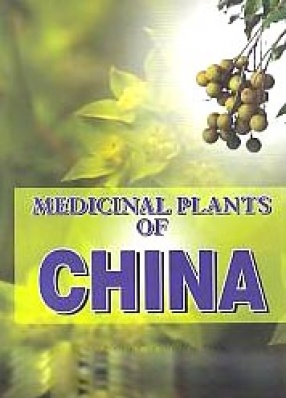
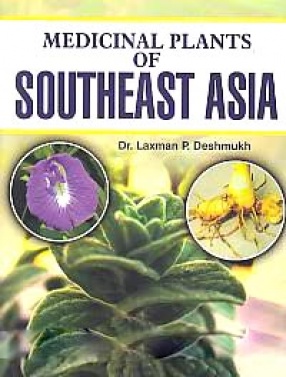



Many Greek and Roman writings on medicine, as on other subjects were preserved by hand copying of manuscripts in monasteries. The monasteries thus tended to become local centres of medical knowledge, and their herb gardens provided the raw materials for simple treatment of common disorders. At the same time folk medicine in the home and village continued uninterrupted, supporting numerous wandering and settled herbalists. Among these were the wise women who ...

In the United States, the market for medicinal herbs is worth more than $3 billion. Many of the plants supplying this industry are wild collected in vast quantities because techniques to cultivate them on a commercial scale have not been developed. Consider the implications of such popularity for these plants. More than 60 million consumers in the US take herbal remedies. More doctors are recommending herbal medicines and some health insurance plans offer ...


The current interest surge in herbal medicines all over the world leading to the unregulated cropping of the Africa's bioresources, will pose stress and threat of extinction on the plant species while the traditional healers themselves are hopelessly being observed to advance in age and gradually disappearing from the surface of the earth. Therefore, the situation of both plant and human resource extinction must set a natural deadline for all of us the African ...


Herbal medicine is defined as the use of leaves, flowers, barks, seeds, fruits and roots of plants for the prevention or treatment of ailments and the promotion of good health. Like China, the Philippines is another country known for using herbal medicines long before its popularity in the west. Although some medical practitioners in the West may dismiss the efficacy of herbal medicines, the Chinese, Filipinos and many peoples in the orient have used medicinal ...

There are 7,137 medicinal plants in China at present according to the record of Xin Hua compendium of Materia Medica, of which 492 species are cultivated and 237 are cultivated extensively. These are however, mostly wild species. Around half of the 584 plant medicines recorded in Pharmacopoeia of the people's Republic of China, published in 1990, are wild. almost all herbal medicines extensively used by people are wild species. The great variety of medicinal ...

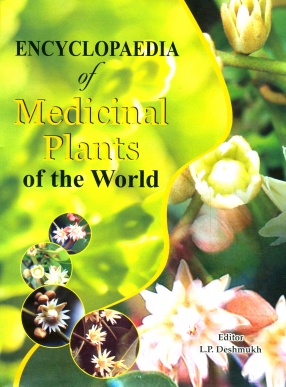
Medicinal plants have played an essential role in the development of human culture, for example religions and different ceremonies. Many of the modern medicines are produced indirectly from medicinal plants, for example aspirin. Medicinal plants are resources of new drugs. It is estimated there are more than 250,000 flower plant species. Studying medicinal plants helps to understand plant toxicity and protect human and animals from natural poisons. Cultivation ...
